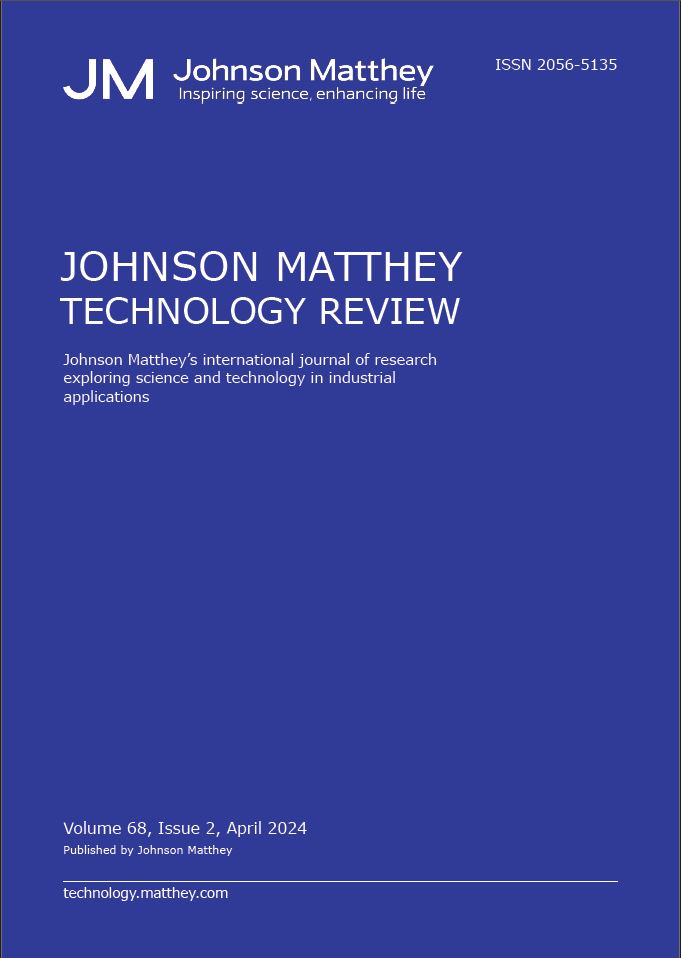
-
oa Choosing an Analogue to Digital Converter with Data Safety in Mind
-
-
- 12 Apr 2024
- 03 Jul 2024
- 08 Jul 2024
- 08 Jul 2024
Abstract
Industry 4.0 is built upon the foundations of converting real world analogue effects into digitised binary data suitable for a computer to process. This needs to be done with care, particularly when the data is ingested by a safety critical system. A numerical study probing the limits of a typical analogue to digital converter is presented here, highlighting some potential issues that should be identified. Initially a Monte Carlo approach is used to probe the impact of digitisation on an analogue to digital converter (ADC) using traditional experimental error analysis. A constant test signal 2.5±0.01"V" is used to understand the optimum level of digitisation. The analogue signal is assumed to have Gaussian noise which is then processed by a 5"V" ADC. This investigation suggests an optimum digitisation level should be related to the standard error of a measured signal. The use of Bayesian inferencing using the Python package PyMC is then used to gain a better estimate of the underlying standard deviation when the signal has been digitised at the 8-bit level.

